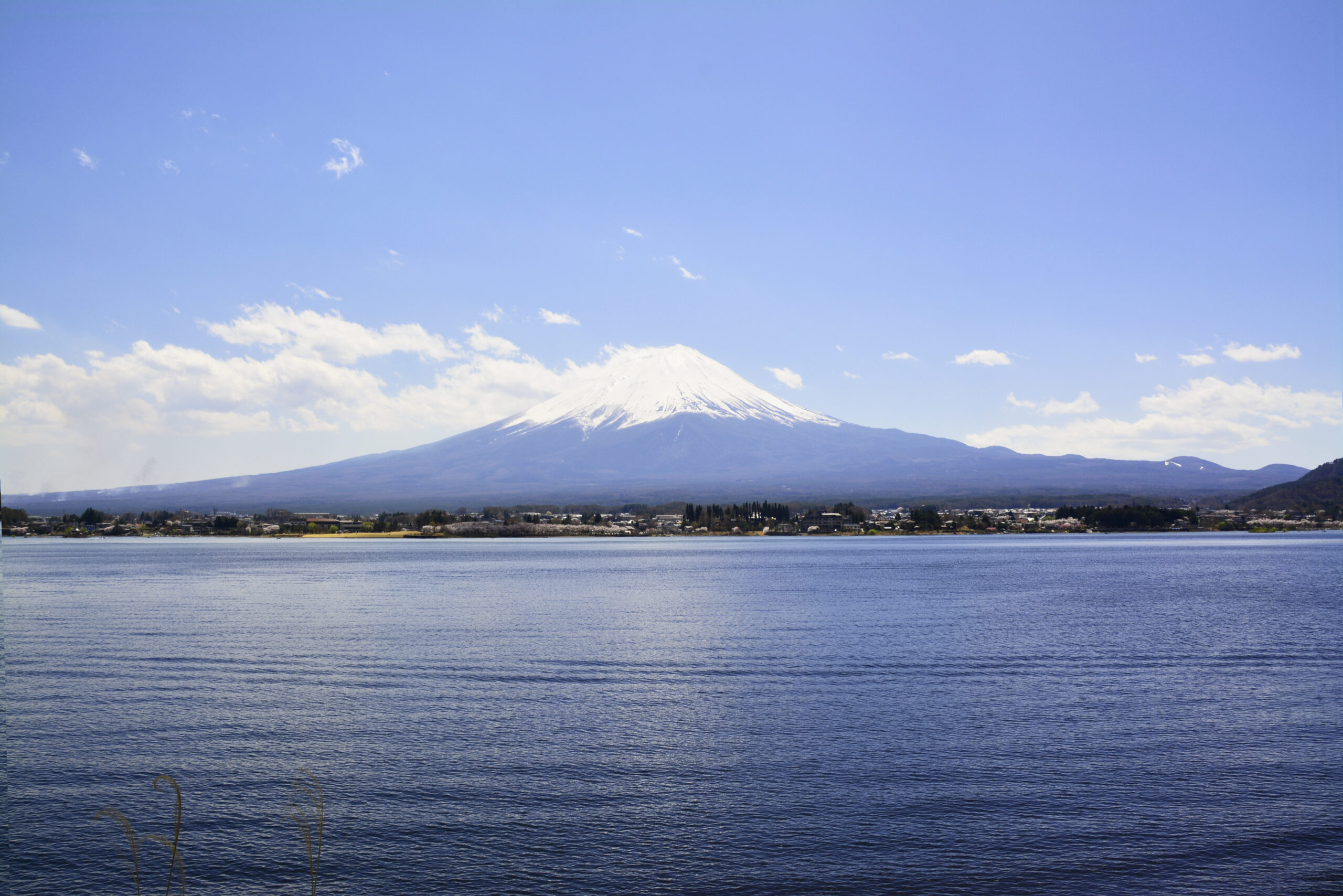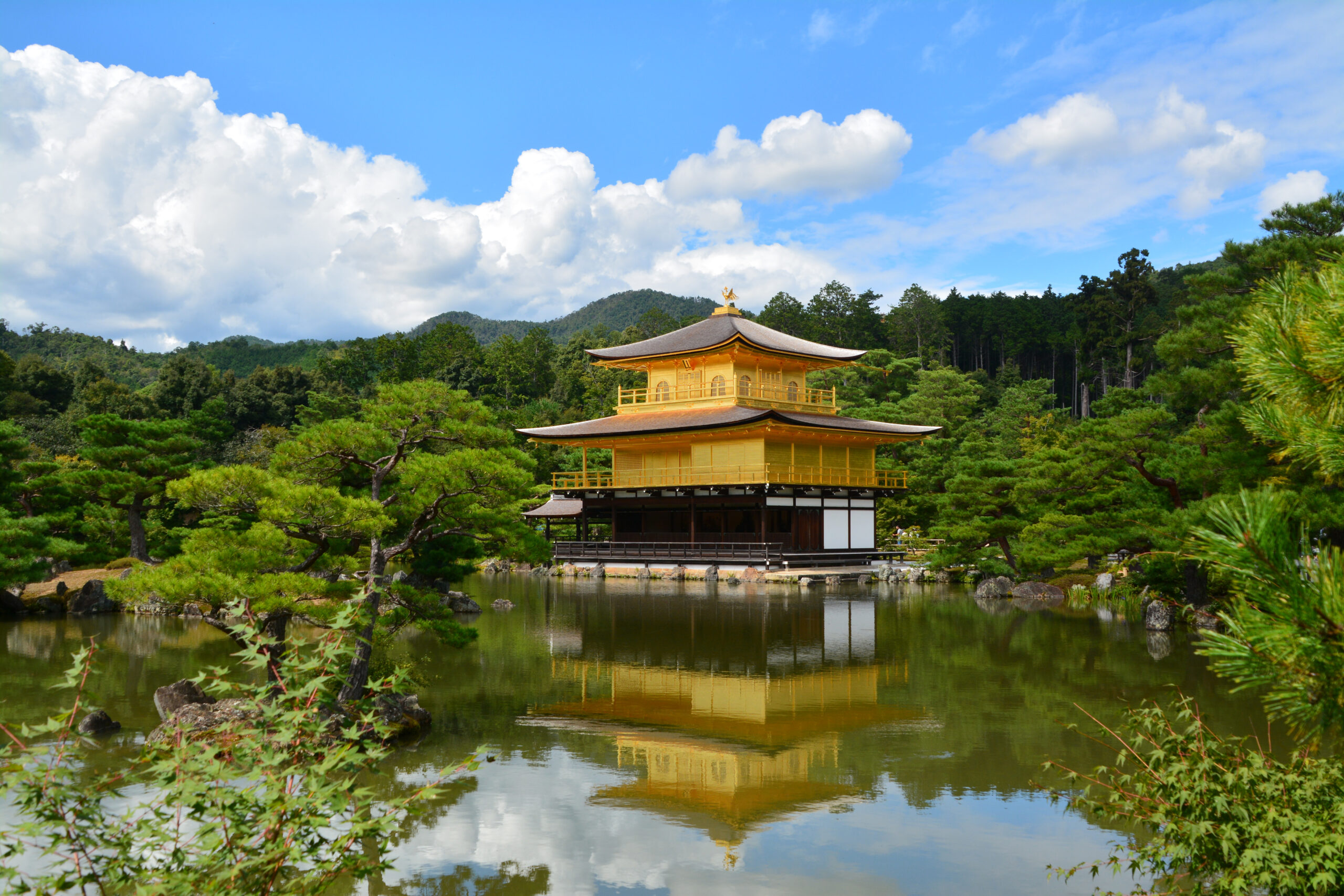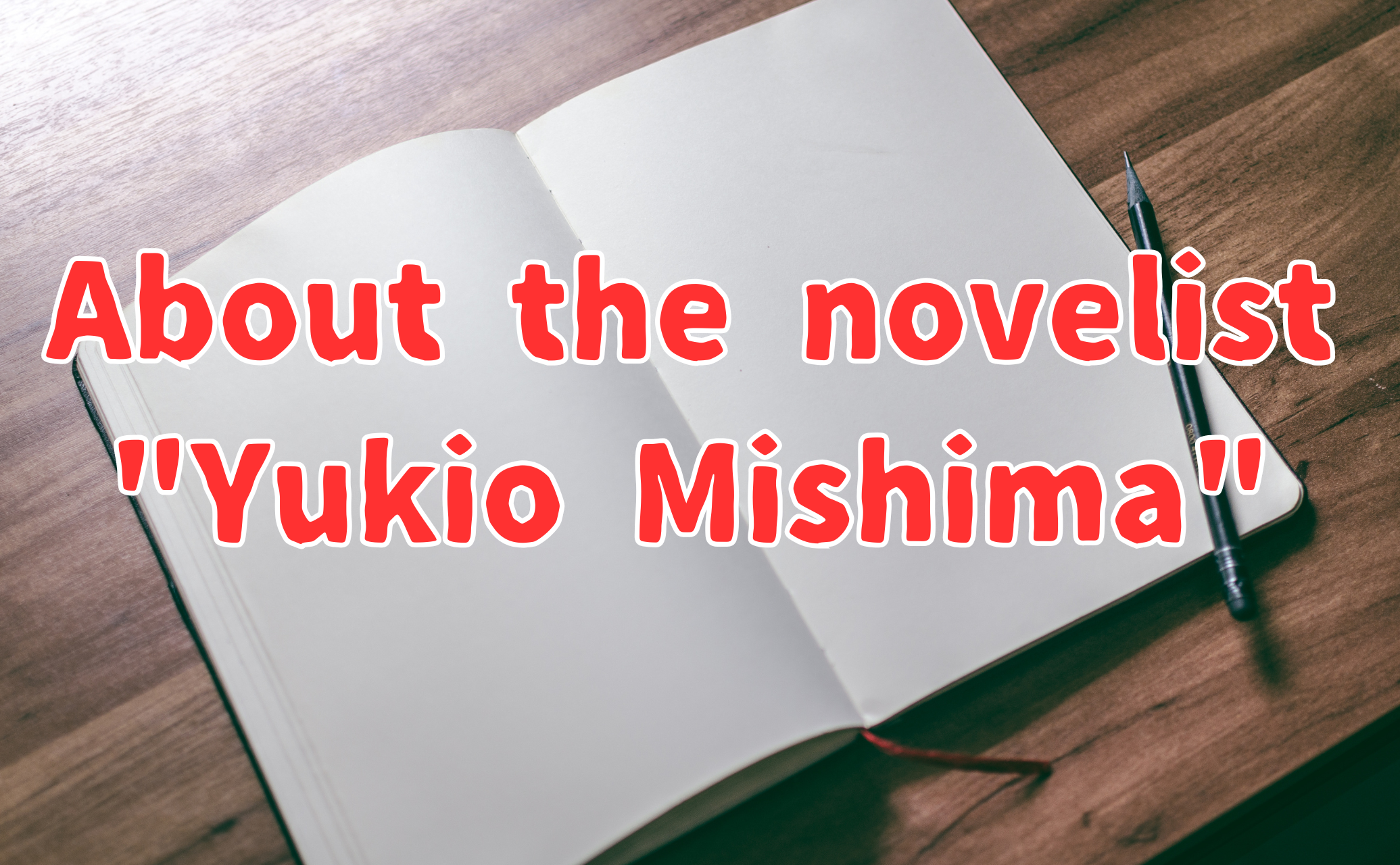Celebrating the Life and Works of Yukio Mishima
The year 2025 marks the 100th anniversary of the birth of Yukio Mishima, one of Japan’s most influential novelists. While his dramatic final moments often overshadow his literary achievements, his impact on Japanese literature remains profound. This article explores Mishima’s career, major works, and must-visit places associated with him.
Yukio Mishima’s Career and Legacy
Early Life and Rise to Fame
Born in Tokyo in 1925, Mishima developed a passion for literature at an early age, influenced by his grandmother. His literary journey began with his first novel, The Flowering Forest, written at just 16 years old. At 24, he gained national recognition with Confessions of a Mask, a semi-autobiographical novel exploring themes of identity and sexuality.
Mishima’s prolific writing career produced globally acclaimed works, including The Sound of the Waves and The Temple of the Golden Pavilion. His literature transcended language barriers, earning him worldwide readership and multiple nominations for the Nobel Prize in Literature, though he never won.
Political Involvement and the Mishima Incident
In his later years, Mishima’s interests extended beyond literature. At 43, he founded the Tatenokai, a civilian militia, and actively engaged in nationalist movements. His political passion culminated in the dramatic Mishima Incident on November 25, 1970, when he attempted a coup at the Japan Self-Defense Forces Headquarters, ending his life in ritual suicide at 45.
Mishima’s Writing Style and Themes

Mishima’s work reflects a deep connection to classical Japanese literature, history, and aesthetics. His writing often intertwines beauty, destruction, and existential struggles, mirroring Japan’s postwar transformation. While his novels tackle social and political issues, his narratives also embody philosophical and psychological depth, making his works timeless.
Places to Explore Mishima’s Legacy
Yukio Mishima Literature Museum
- Location: Near Lake Yamanaka, Yamanashi Prefecture (Close to Mt. Fuji)
- Why Visit? Opened in 1999, this museum houses rare manuscripts, letters, paintings, and first editions, offering a deep dive into Mishima’s creative world.
- Official Website: https://www.mishimayukio.jp

Ministry of Defense Ichigaya Memorial Hall
- Location: Tokyo, Japan
- Why Visit? This site marks the location of the Mishima Incident. A tour includes a visit to the historical room where Mishima delivered his final speech, and visitors can see his sword marks on the wooden door.
- Official Website: https://www.mod.go.jp/j/press/ichigaya/index.html
Must-Read Yukio Mishima Novels
Confessions of a Mask (1949)
A deeply personal, semi-autobiographical novel that explores themes of identity, sexuality, and societal expectations. This book propelled Mishima to literary stardom at age 24.
The Sound of the Waves (1954)
A timeless romance inspired by the Greek tale Daphnis and Chloe, this novel follows a young fisherman and a pearl diver as they navigate love and societal expectations. Adapted into multiple films, it remains one of Mishima’s most beloved works.
The Temple of the Golden Pavilion (1956)

One of Mishima’s most celebrated masterpieces, this novel tells the story of a stuttering Buddhist monk obsessed with the beauty of Kyoto’s Kinkaku-ji Temple, leading him to a shocking act of arson. It explores themes of beauty, obsession, and destruction.
The Sea of Fertility Tetralogy (1969–1971)
Mishima’s final literary work, submitted on the day of his death, consists of four interconnected novels: Spring Snow, Runaway Horses, The Temple of Dawn, and The Decay of the Angel. This series explores reincarnation, destiny, and philosophical themes, making it one of Japan’s most intricate literary achievements.
Reflecting on Yukio Mishima’s Legacy
Yukio Mishima’s life and literature remain inseparable, creating a legacy that continues to captivate readers worldwide. His themes of beauty, nationalism, identity, and existential conflict make his works timeless and relevant even today.
As we celebrate the 100th anniversary of his birth, let us revisit his novels and explore the sites that shaped his extraordinary life. What would Mishima have written if he had lived longer? Perhaps that mystery is what keeps us drawn to his stories.

